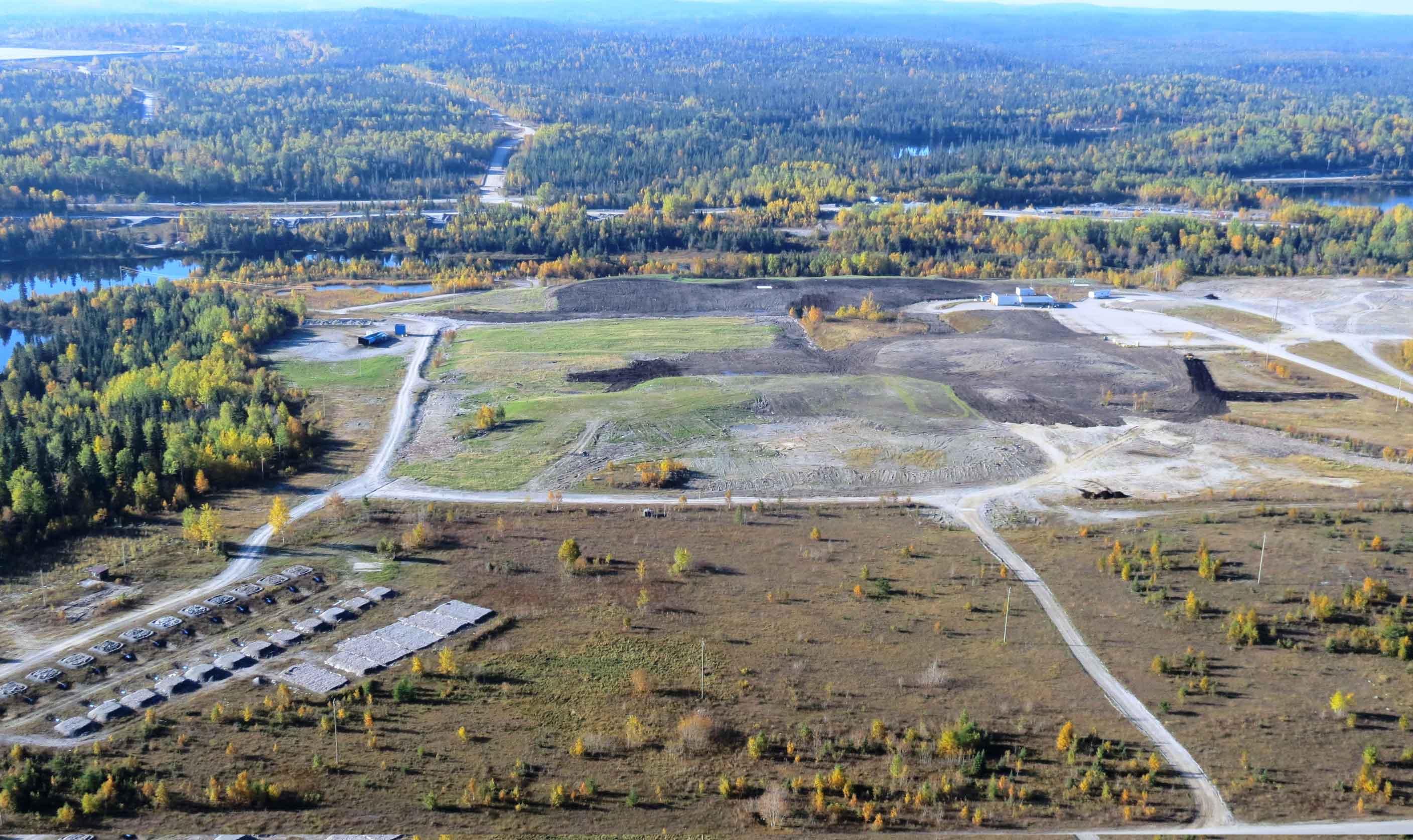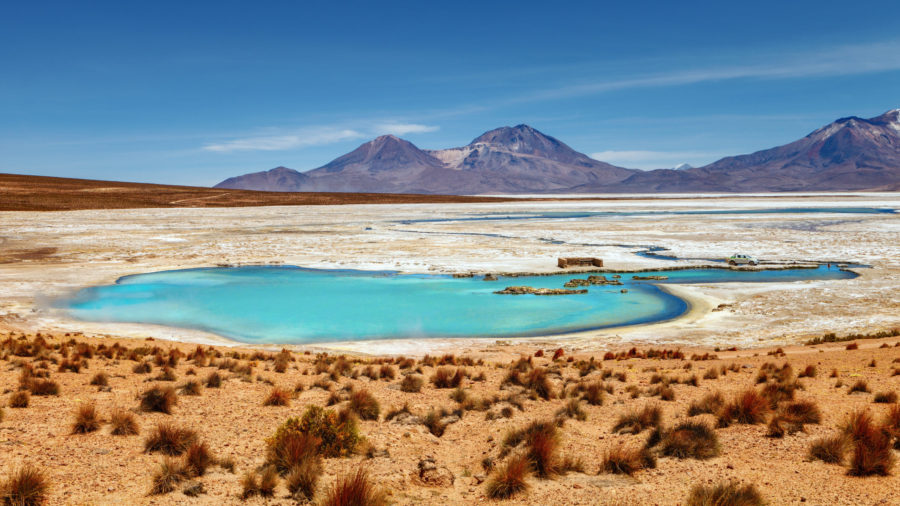New Communications System Could Speed Mine Rescues
In the age of cell phones, wireless computers and the iPad, it seems incredible that miners trapped underground after a collapse or explosion would have to resort to pounding on bolts to be heard by rescuers on the surface.
Yet that is exactly what happened during the Sago Mine disaster in 2006, when an explosion at a coal mine in West Virginia ripped through the mine, trapping 13 miners for two days and leaving just one survivor.
The survivor recounted how the miners attempted to signal their location by hammering on mine bolts and plates, but to no avail. Twelve miners were overcome by fumes and smoke, making Sago the worst mining disaster in U.S. history.
The mining industry has tried for years to come up with a system communication that could be employed in the aftermath of a cave-in or explosion, but so far without success. That could change, however, with a new underground communication system being developed by U.S. defence contractor Lockheed Martin.
The MagneLinkTM Magnetic Communication System (MCS) provides voice and text communications from the surface to deep underground mines. The system works by transmitting magnetic waves through the earth, without transmission wires and in-ground infrastructure currently needed to communicate via standard radio transmissions.
The idea came to the attention of Lockheed Martin – known for supplying fighter jets and weaponry to the United States Military, along with space technology including the International Space Station and the Phoenix Mars Lander – through a former employee with ties to West Virginia coal mining.
As quoted in The Wall Street Journal, Lockheed retiree Gary Smith recalled writing a letter to his manager soon after the Sago accident, saying: “If we can communicate with a submarine at sea, I knew we should be able to talk to a miner.”
Eighteen months later, the technology was being tested at coal mines in Pennsylvania and West Virginia.
Warren Gross, Lockheed Martin’s program manager for MagneLink, says the project made sense for the company even though it fell outside its normal scope of business.
“We have significant experience in the development of signal processing algorithms and radar and sonar communications,” he says. “We felt this was a good match to our skill set, so we took it on.”
The technology for MagneLink is different from above-ground communications systems, such as Wi-Fi, that employ radio waves, says MagneLink inventor Dave LeVan. He explains that radio waves can only penetrate a few feet into rock or coal seams, and that two-way radios carried by most miners only work when miners are within sight of each other. Radio waves are unable to travel around corners. “If you step into a side cut you lose communication,” he says.
What is more, says LeVan, “during many of these catastrophic events all the wires are broken, shredded, or melted, and so the solutions that depend on them won’t work.”
With MagneLink, trapped miners would be able to send messages from the in-mine unit to the surface unit, to the surface unit, thus dramatically improving their chance of rescue.
“This is a fairly survivable system in the case of an event because it’s self contained. It does not rely on any of the mine infrastructure to communicate,” LeVan says.
MagneLink employs a surface unit that can be packed into a portable case, which connects to in-mine units located at strategic locations throughout the mine, such as inside refuge shelters. The surface unit is more powerful than the in-mine units.
“With the full-power units we have a lot more range of the surface guys and they’re able to pick up the communication from the in-mine units and then respond and send back messages,” says LeVan. “They work like really big two-way radios.”
MagneLink is able to interface with Miner Emergency Radios (MERs) and also functions as a multi-band receiver, meaning that the units do not have to be on the same channel to receive transmissions.
The system has undergone testing at underground mines in Dilliner, Pennsylvania and Mavisdale, Virginia, where MagneLink successfully demonstrated two-way voice and text communication to depths in excess of 1,550 feet. Testing was also conducted in June at the National Institute of Occupational Safety and Health (NIOSH) test mine in Bruceton, PA.
Before MagneLink can be sold commercially, it must be certified by the U.S. Mine Safety and Health Administration (MSHA), which sets intrinsic safety levels for communications equipment in mines, including the likelihood that the heat generated by a device could cause an electric spark leading to an underground explosion.
LeVan confirmed that the device does not produce static charges. “Everything is contained within the box,” he says. adding that Lockheed Martin expects to get approval from MSHA by fall of 2010.
Luke Popvich, a spokesman for the National Mining Association, says that the U.S. mining industry has spent three quarters of a billion dollars in the aftermath of the Sago accident, trying to come up with new systems of underground tracing and communications systems.
While tracking systems have been installed in several U.S. mines, he adds, they are imperfect and lack the two-way communications capability offered by the MagneLink system proposed by Lockheed Martin.
“Everything to date suggest that true wireless communication that would work through the ground would be very, very well received,” says Popovich.
Links and References
More News
{{ commodity.name }}
{{ post.title }}
{{ post.date }}



Comments